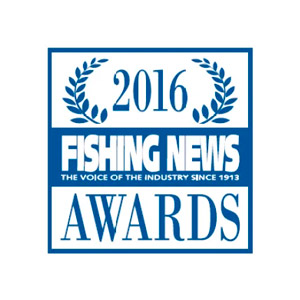The problem with Canadian Lobsters
At this time of year many fish merchants bring in Canadian lobster (Homarus americanus) as the native UK lobster is harder to get a hold of and more expensive.

Homarus gammarus

Canadian Lobster
Although our systems are capable of storing these shellfish there are a number of challenges that operators should be aware of.
Usually the Canadians are imported by the tonne. This means the biological load on your system is immense. Usually the native lobsters are added gradually as they are caught. This gradual loading gives the filter time to handle the particles, muck and ammonia produced. With a large load all at the same time the filter can struggle to cope. If you are planning to store Canadians in your system we would always add a much larger filter, especially a larger capacity moving bed biofilter which deals with ammonia.
The main issue with Canadian lobsters is that they have been out of the water for days prior to re-immersion in your system. The stress accumulated from capture, handling and transportation is huge. The ammonia levels produced in the first 24 hours after being placed in your lobster tank can be 10-20 times normal levels. Ammonia is highly toxic to shellfish at these levels. To deal with the high ammonia levels firstly your filter should be mature (see this article on the nitrogen cycle and the filter maturation process: http://www.toddfish.co.uk/todds-top-tips-for-ammonia/). You may require large water changes if the ammonia levels become dangerously high. This can cause a challenge if you are not near the sea or mixing your own water. You will also need to monitor the water regularly during the first couple of days to ensure no ammonia spikes. All lobsters and crustacea produce ammonia, but the gentler the handling, less time out of water and less stress caused to the animal the lower the ammonia levels will be.
The build up of stress in the lobsters also causes the blood pH to lower. To fix this you need to buffer the pH of the water. For more advice on this please call Keith on Tel 01383 820685.
The high ammonia levels, lower pH and stress can have another deadly side effect. Canadian lobsters carry a disease called gaffkaemia. This is also referred to as bumper car disease. The Canadian lobsters have a natural resistance to this disease however if they are under stress they are likely to succumb to gaffkaemia and die. As the nickname suggests it is passed very quickly between lobsters in the same system by contact. Higher temperatures, physical damage and stress from handling are the main triggers. There is no cure for gaffkaemia and you will probably lose an entire load if the lobsters contract the disease.
Gaffkaemia brings another challenge as our native UK lobsters are not resistant to this disease. You cannot hold Canadian and native lobsters in the same system at the same time. If you intend to store native lobsters in the same system in the future you will need to thoroughly clean the system and use fresh seawater. All equipment must be clean and your biological controls will need to be tight. The Canadian lobsters can be carriers of the disease but show no signs of it.
The Canadian lobster is also classed as an invasive species in the UK. The importation is tightly controlled but you must ensure no animals find their way into our environment. We are aware of a situation in Glasgow where a man acquired a Canadian lobster from a tank in a restaurant and released it into the Clyde. This could have devastating consequences for our native stocks.
The supply of shellfish in the UK is driven by the consumer. More and more consumers are driven by provenance, traceability and concepts such as air miles as well as quality and price. I will leave it to you to decide which tastes better but I know when I purchase seafood, where it comes from matters.
For more advice on how to effectively store and transport Canadian lobsters (or any other crustacea species) please call our team on Tel 01383 820685.
Best Fishes,
Errin Todd
Sea-E-O




